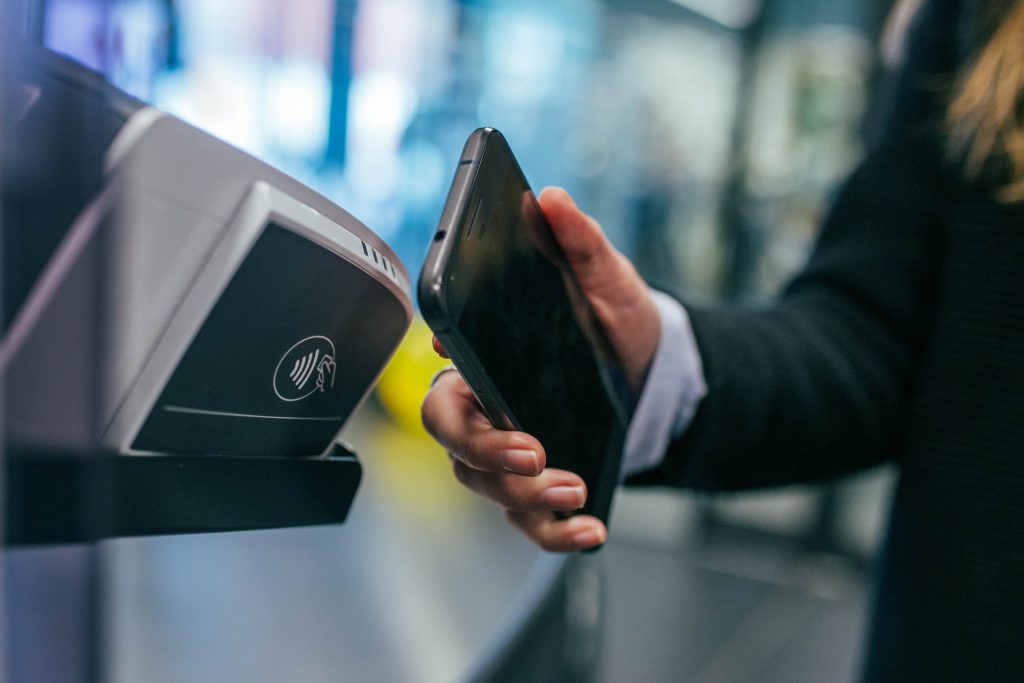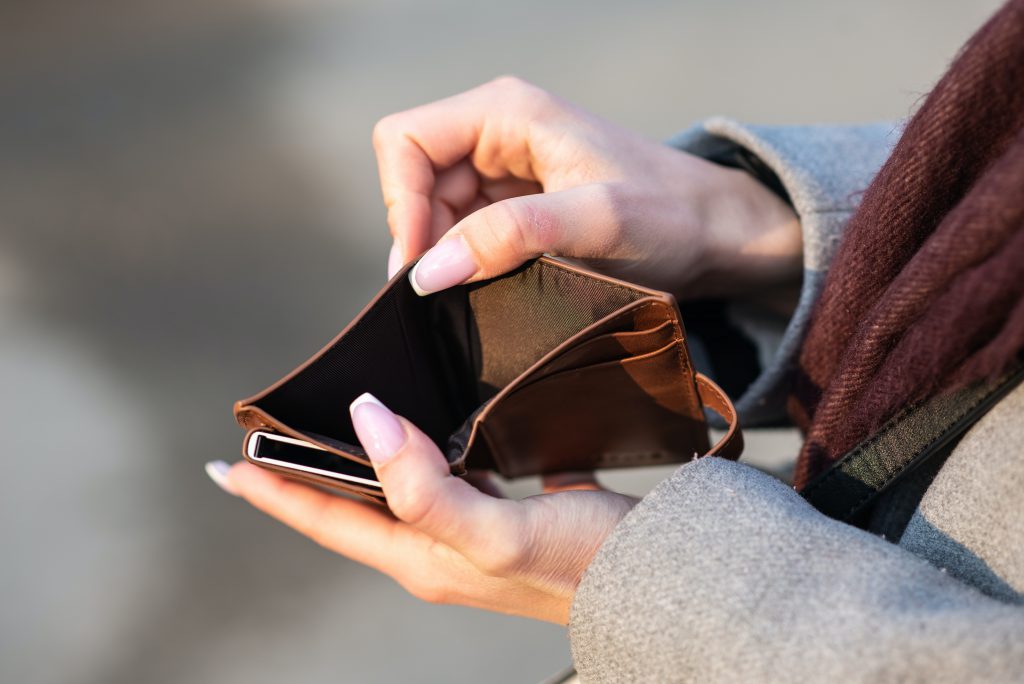If you’re a bit of a shopaholic like myself, then you will understand the feeling when you come across a dress that is so breath-taking. You know it would look so good on you, but the price is a bit too much, and yet you still want to buy it? Now, there is a solution to this problem, or at least we think there is.

Buy Now Pay Later allows people to pay for in-store and online purchases in smaller, more manageable instalments without interest for a specified time period. A well-known scheme is Klarna which allows you to spread the cost of orders over three payments and gives you a timeframe of 60 days to do this. After this point, they might charge you interest or a late payment fee. For example, if you buy a red mini dress from ASOS using Klarna for £21.90, you will have to pay this in instalments of £7.30. This means you will pay the first instalment when you purchase the item, the second after 30 days and the third and final instalment after 60 days. Other schemes include ClearPay and Laybuy, but these are less well-known. Repayment from the provider may be taken automatically, similar to a standing order such as your monthly phone bill, which will show on your online banking. Still, some providers may remind you if a payment is due, which means you have a small time frame to ensure that you have enough money in your bank account to make the payment. By opting to pay for your order in instalments using Klarna or ClearPay, it does not mean that what you are purchasing is any cheaper, as you are still expected to pay the full price of your purchase. This payment method is relatively new and mainly targets those who do not own a credit card, with approval of this credit being granted almost instantly.
These schemes can be great if you are waiting to be paid from work or are buying something expensive for a special occasion, such as a prom dress, as it allows you to spread the cost over time. Imagine working at a restaurant where you are paid at the end of the month. Your partner’s birthday is just around the corner, and you want to buy them their favourite pair of shoes, but you don’t have enough money in your bank account to purchase them. However, you know that you will be able to afford the shoes when you get paid, so you don’t see the issue with using ClearPay for a one-off payment for a birthday gift. In this particular instance, the individual has a steady income from their job and is aware that they can repay the money they owe after receiving their paycheck at the end of the month. Also, this is a once-in-a-blue-moon payment because they needed a short-term loan to help them pay the cost of a present they bought for their partner whilst they were waiting to be paid.

However, these schemes can also be problematic in many ways. They can act as a bait to lure people into buying products that they cannot afford because you only have to pay a fraction of the price when you click ‘Submit Order’. As money is being taken out of your bank account in small increments over a longer period of time, it can encourage people to buy a lot of things and be more financially irresponsible with their money. I’ve personally never tried these buy now, pay later schemes because I believe if I can’t afford the cost upfront, I’m overspending and so should look for something more affordable. Also, depending on the provider, if you are late to make a repayment, you may be charged a large sum of interest, adding to your existing debt. Alternatively, you may be ordered to pay a late payment fee, which is why it’s important to read the terms and conditions for these schemes. Missed payments may be recorded on your credit report and affect your future credit score. Before you decide to use this scheme, I would urge you to consider this one question: if this scheme didn’t exist, would you be able to pay for this product upfront? Remember, only use this scheme if you are certain you can pay for the product’s full price- not just the first initial instalment! You don’t want to end up paying interest or any late or missed payment fees.
Similarly, MoneySavingExpert suggests asking yourself 3 questions before using this scheme:
- Would you have purchased the item(s) in the first place if BNPL was not an option?
- Can I meet the repayments in accordance with the scheme?
- Is this the best form of borrowing for me? (E.g. do I have other temporary options, e.g. 0% overdraft)
For more information about Buy Now Pay Later schemes, visit Experian and MoneySavingExpert.
Nazish Bibi
King’s Student Money Mentor
Part of Money & Housing Advice
If you are struggling with debt, you can contact the Money & Housing Advice Service, Citizens Advice and the National Debtline.
The King’s Student Money Mentors blog shares our students’ personal experiences and thoughts on money-related topics. Any reference, opinions or recommendations on a particular company/brand are only the views of the student(s) who wrote the blog post. King’s College London, the Money & Housing Advice service and the Money Mentor project do not share the views in the blogs nor endorse any of the companies mentioned. Readers should conduct their own research before using any companies mentioned in our blog posts.
